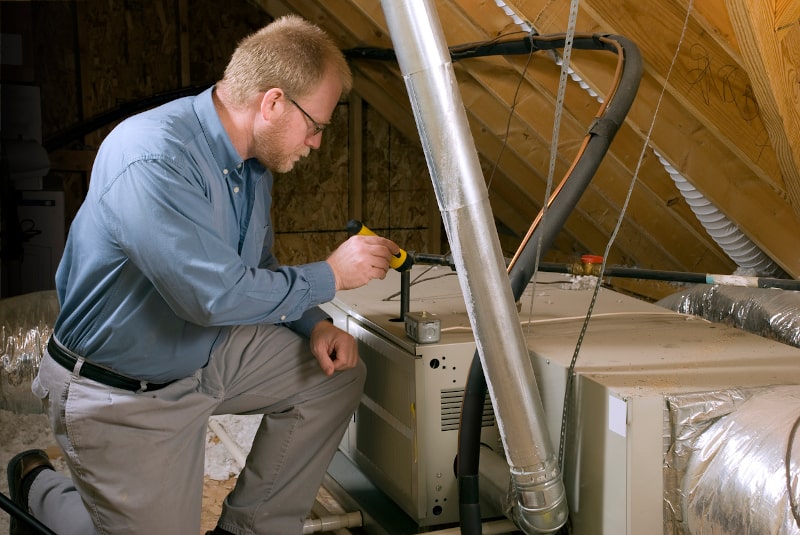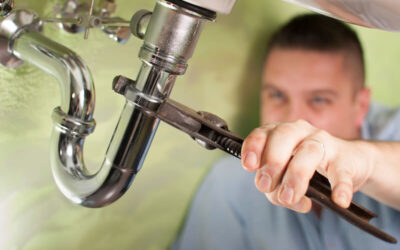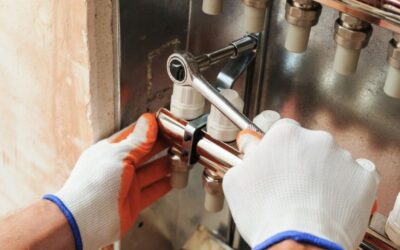When you see water coming from your furnace, you may assume that something is wrong. While some condensation is natural, significant water leaks often signal a serious issue with your furnace. These are a few of the most common reasons furnaces leak in Fayetteville, NC.
1. Compromised Heat Exchanger
Your furnace’s heat exchanger keeps the combustion gases separate from your home’s heat supply. High-efficiency furnaces have two heat exchangers, and their unique heating process makes them much more likely to run into leaking issues. The secondary heat exchanger burns the fuel longer to extract more energy, but this also allows the gas to cool and create more condensation.
The more condensation in the system, the more likely that moisture can flow out of leaking parts or cracks. If you have an older furnace, the heat exchanger may crack or form holes that leak gas. This often results in additional water pooling around the base of your system.
2. Drain Pan or Condensate Line Issues
In a well-functioning system, all moisture collects in the drain pan before exiting via the condensate line. Unfortunately, the thin tubing that forms the condensate line can become blocked with slime, debris and fungus. There’s also a chance that there may be a crack in the drain pan or an issue with the drain.
3. Faulty Humidifier
If your furnace isn’t causing the leak, the culprit may be another system, like a humidifier, inside your furnace. Since these indoor air quality systems naturally hold water, they can begin leaking due to a loose connection or structural issue. It’s best to address all unexpected leaks as soon as possible to avoid further damage to your furnace.
Whenever you need furnace service, you can count on our NATE-certified technicians. Contact Cape Fear Air, Electric, & Plumbing for top-quality heating repair in Fayetteville, NC.
Image provided by iStock




